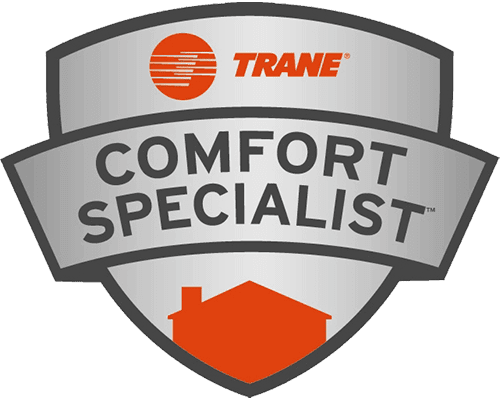Indoor air quality isn’t on most people’s radar. Only 9 percent of Americans consider it a threat to their health and 70 percent aren’t concerned about it at all, according to a recent survey by the Consumer Reports National Research Center. home air quality issuesBut many of the things people do or don’t do can add to the stew of airborne contaminants in their homes and worsen asthma, allergies, and other health conditions. Protect yourself against four hidden hazards in your home:
Many problems are easy to fix or avoid. Here’s how you can protect your family and your home.
1. Silent and lethal: Carbon monoxide and radon
Carbon monoxide and radon are colorless, odorless, and lethal. CO kills quickly. Faulty gas ranges, cooktops, and furnaces can emit CO, as can wood, kerosene, and propane heaters. Gas generators also emit CO, so don’t run them in a garage or outside near any open windows.
How can you be safe?
- Have your heating system and any other fuel-burning appliance inspected annually.
- Install a CO alarm on each level, including the basement.
- Change the batteries on your CO alarm according to your owner’s manual, or at least every year.
- Replace your CO alarm every five years.
2. Combustion particles or gases
Even vented gas ranges, cooktops, furnaces, and fireplaces can release harmful gases, soot, and particles into the air if they’re not properly installed and maintained. The same is true with vented wood-burning stoves and fireplaces. Unvented fuel-burning appliances always release small amounts of those substances.
How can you be safe?
- Always run the exhaust hood when using your gas range or cleaning your oven, or open a window.
- Periodically inspect burner ports on your gas stove and clean clogged ones with a needle.
- Clean a frequently used chimney annually.
- Ban smoking from your house.
3. Air fresheners, candles, and incense
Behind the relaxing fragrances of air fresheners, candles, and incense are volatile organic compounds. Air fresheners can also contain phthalates, which are linked to cancer and reproductive problems.
Scented candles and incense also release soot and particles into the air, which can trigger asthma attacks and allergic reactions. “Most patients who stop using scented products have noticed an improvement in their symptoms,” says Stanley Fineman, M.D., president of the American College of Allergy, Asthma and Immunology.
How can you be safe?
- If you or someone in your household has serious allergies or asthma, avoid air fresheners, candles, and incense.
- If pollen or related allergies keep you from opening windows, run your air conditioner or forced-air cooling system with a clean filter. Or consider a filter-based air purifier.
4. Interior mold
The ideal indoor relative humidity is between 30 to 50 percent. Less than that and nasal passages can become dry. At higher levels mold can grow. Humidifiers and dehumidifiers can help or create more problems.
Humidifiers should be emptied daily and disinfected regularly because mold can grow within 24 to 48 hours on wet surfaces. Mold and bacteria in the tank can be released into the air. Dehumidifier filters and tanks also need maintenance, though not as much. Check the manufacturer’s directions.
Bathroom exhaust fans also reduce humidity but need cleaning to avoid dust buildup, a medium for germs.
Not all cleaning is smart. Air ducts need cleaning only in limited circumstances—when there’s visible mold, pests, or dust clogging them. Still, 49 percent of survey respondents clean their ducts at least once a year.
How can you be safe?
- Every season, check gutters, leaders, and downspouts for proper pitch, clogs, and broken fasteners or connections.
- Make sure that gutter pipes extend at least 5 feet from the house and that the soil around the foundation slopes away from the house.
- Avoid mold test kits; we’ve found them to be unreliable.
- Treat small areas of mold with a mixture of 1 part chlorine bleach and 16 parts water. Wear goggles, an N-95 respirator, and heavy-duty gloves. Make sure to ventilate the room when you’re working.
Work Cited: “Consumer Reports. (2012). http://www.consumerreports.org/cro/magazine/2012/06/is-poor-indoor-air-quality-making-you-sick/index.htm.Is Poor Indoor Air Quality Making You Sick?.. Retrieved December 17, 2012 from http://www.ConsumerReports.com












